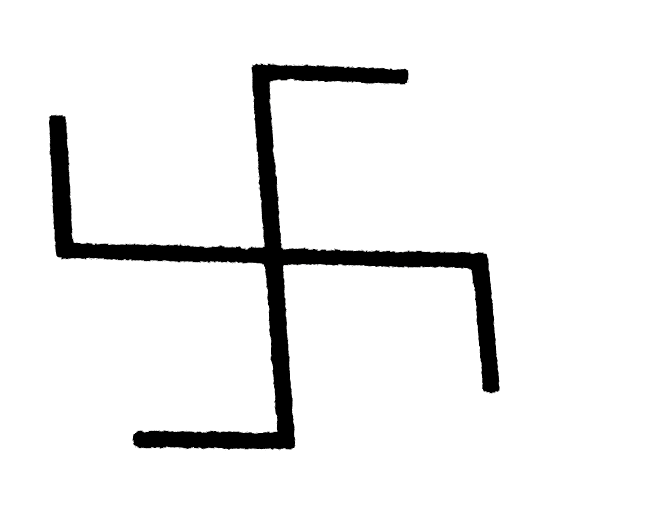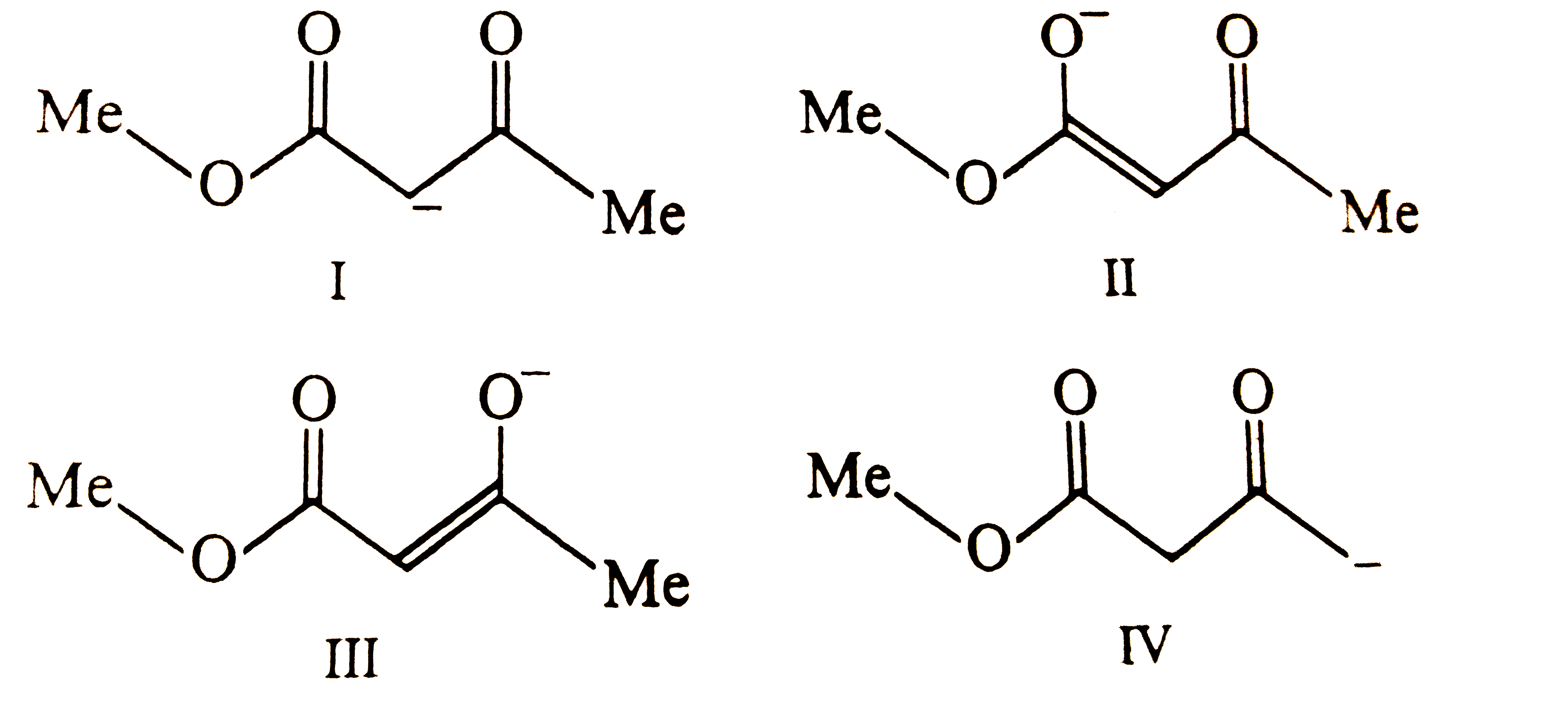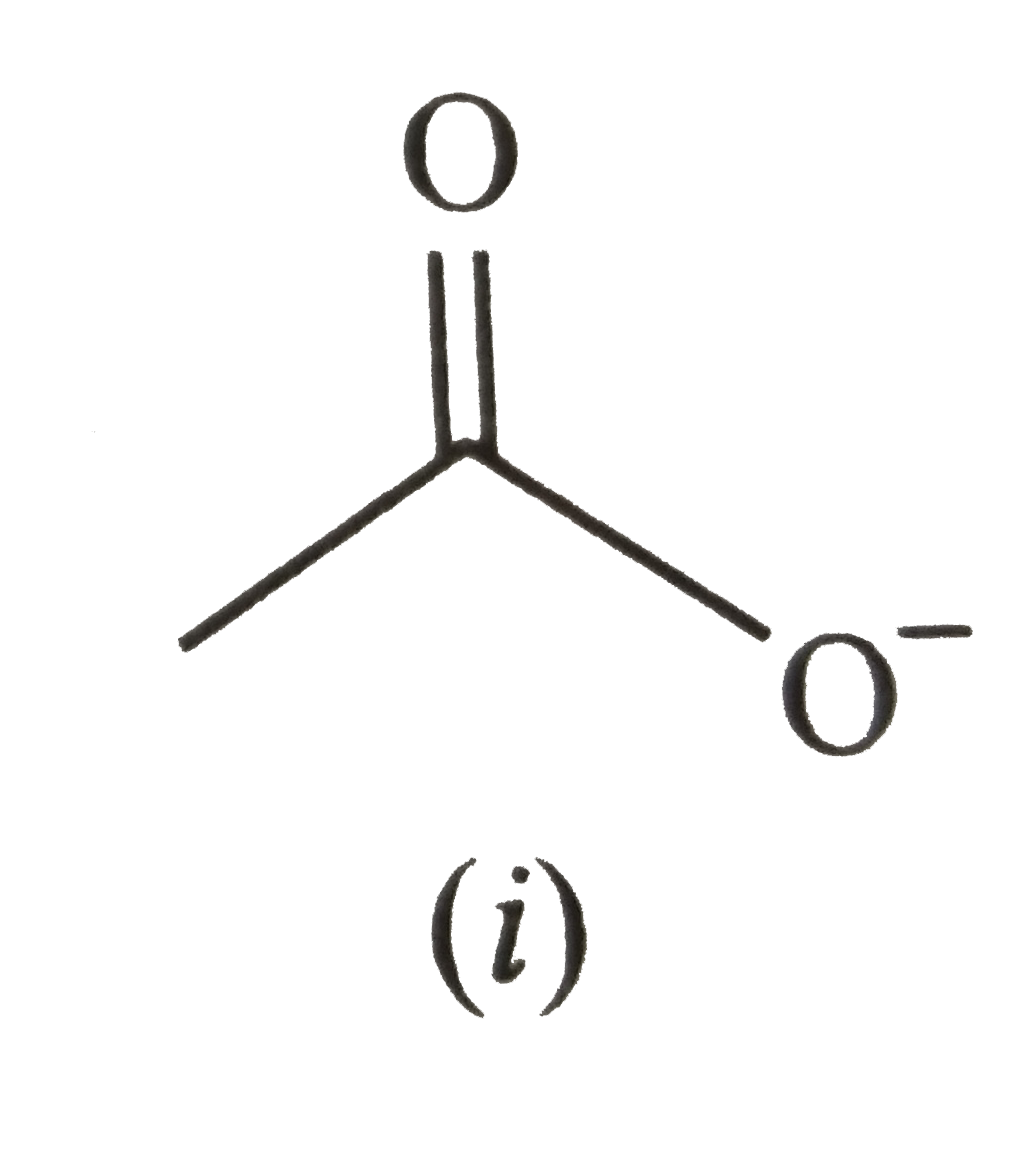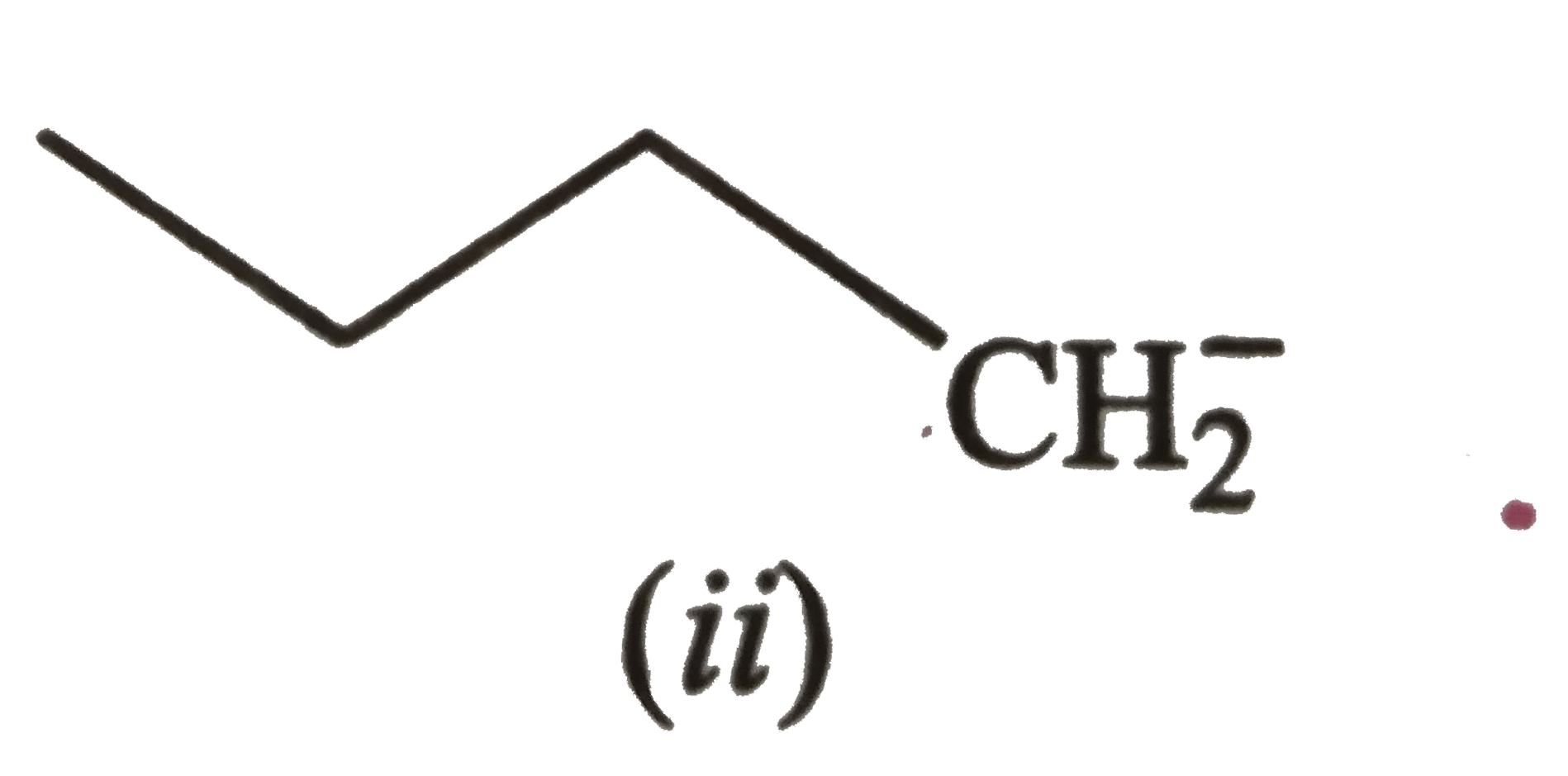Complete Solutions to Competition Focus (Jee (Main and Advanced)/Medical Entrance) I. Multiple choice Questions (With One Correct Answer) of chapter ORGANIC CHEMISTRY-SOME BASIC PRINCIPLES TECHNIQUES of Class 11 book with complete answers and questions
| Class 11 | CHEMISTRY |
| Chapter | ORGANIC CHEMISTRY-SOME BASIC PRINCIPLES TECHNIQUES |
| PRADEEP | Competition Focus (Jee (Main and Advanced)/Medical Entrance) I. Multiple choice Questions (With One Correct Answer) |
| Number Of Questions | 100 |
| Academic Year | 2023-24 |
In allene `(C_(3)H_(4)),` the type (s) of the carbon atom (s) is (are) :
01:36View SolutionIn the following compound, the number of 'sp' hybridised carbon is:
`H_(2)C=C=CH-underset(CN)underset(|)(CH)-C-=CH`02:16View SolutionThe state of hybridisation of `C_(2),C_(3),C_(5) and C_(6)` of the hydrocarbon -
`{:(" "CH_(3)" " CH_(3)),(" "|" "|),(CH_(3)-C-CH=CH-CH-C-=CH),(""^(7)" "^(6)| " "^(5)" "^(4)" "^(2) " "^(1)),(" "CH_(3)):}`
is in the following sequence :01:13View SolutionWhich of the following molecules represents the order of hybridisation `sp^(2),sp^(2),sp,sp` from left to right atoms ?
02:57View SolutionIn which of the following moleucles, all atoms are coplanar?
01:38View SolutionConsidering the state of hybridization of carbon atoms, find out the molecule among the following which is linear?
02:16View SolutionThe maximum number of carbon atoms arranged linearly in the molecule,
`CH_(3)-C-=C-CH=CH_(2)` is05:06View SolutionThe number of sigma and pi-bonds present in 1, 3-butadiene are respectively
(a) 9 and 2
(b) 8 and 2
(c) 9 and 3
(d) 9 and 1
(e) 8 and 102:04View SolutionIn hexa-1,3-diene-5-yne, the number of `C-C sigma, C-C pi` and `C-H sigma` bonds respectively are:
02:36View SolutionThe total number of `pi`-bond electrons in the following structure is
 00:50View Solution
00:50View SolutionThe enolic form of ethyl acetoacetate as shown below has
 View Solution
View SolutionWhich one of the following is a benzenoid aromatic compound ?
01:54View SolutionTropolone is an example of
01:35View SolutionThe structure of isobutyl group in an organic compound is :
01:51View SolutionThe IUPAC name for the hydrocarbons represented by the Swastik sign is
 01:00View Solution
01:00View SolutionWhich isomer of hexane has only two different sets of structurally equivalent hydrogen atoms?
08:21View SolutionA compound with molecular formula `C_(6)H_(14)` has two tertiary carbons. Its IUPAC name is
04:57View SolutionThe IUPAC name of
 isView Solution
isView SolutionThe IUPAC name of the following molecule
 View Solution
View SolutionThe correct IUPAC name for the compound
 is View Solution
is View SolutionThe IUPAC name of the following compound is
 View Solution
View SolutionWhat is the IUPAC nomenclature of the given compound ?
 View Solution
View SolutionWhich one of the following is s-butylphenylvinyl methane ?
01:49View SolutionConsider the following compound,

IUPAC name of this compound isView SolutionThe `IUPAC` name of the compound having the formula `CH-=C-CH=CH_(2)` is
01:31View SolutionThe `IUPAC` name of the compound `CH_(3)CH=CHC-=CH` is
02:02View SolutionThe names of some compounds are given. Which one not in the `IUPAC` system?
06:35View SolutionThe IUPAC name of `C_(6)H_(5)COCl` is
01:27View SolutionThe correct IUPAC name of the following compound is :
`H_(3)C-CH=underset(H_(3)C)underset(|)C-underset(Br)underset(|)CH-CH_(3)`01:09View SolutionIUPAC name of the compound
 View Solution
View SolutionIn the IUPAC system, `PhCH_(2)CH_(2)CO_(2)H` is named
01:02View SolutionThe IUPAC name of the compound X is
 View Solution
View SolutionThe IUPAC name of the following compound is
`{:(CH_(2)-CH--CH_(2)),("|"" |"" |"),(CN" "CN" "CN):}`01:02View SolutionGive the correct IUPAC name of
`{:(" "CH_(3)),(" |"),(CH_(3).CH_(2)OCH.CH_(2).CH_(2)CH_(2)Cl):}`03:38View SolutionIUPAC name of the molecule
`{:(" "O" "O),(" ||"" ||"),(CH_(3)-C-C=C-C-OH),(" |"" |"),(" "H_(3)C" "CH_(3)):}` is01:17View SolutionThe IUPAC name of
 is View Solution
is View SolutionThe IUPAC name of the compound
 is View Solution
is View SolutionStructure of the compund whose `IUPAC` name is `3`-ethyl-`2`-hydroxy-`4`-methylhex-`3`-en-`5`-ynoic acid is
02:07View SolutionGive the IUPAC name of the compound
 View Solution
View SolutionThe IUPAC name of the compound shown below is
 View Solution
View SolutionThe IUPAC name of
 is View Solution
is View SolutionThe IUPAC name of
 is View Solution
is View SolutionThe IUPAC name of
 is View Solution
is View SolutionThe correct decreasing order of priority for the functional groups of organic compounds in the IUPAC system of nomenclature is
01:30View SolutionThe IUPAC name of the following compound
 is View Solution
is View SolutionThe IUPAC name of the compound
 is View Solution
is View SolutionThe IUPAC name for the compound
 is View Solution
is View SolutionThe `IUPAC` name of `4`-isopropyl-m-xylene is
03:17View SolutionAmmong the following the one which can exist in free state as a stable compound is:
04:23View SolutionWhich one of the following is not an isomer of 3-methylbut-1-yne?
04:41View SolutionWhich of the following pairs of compound are not position isomers ?
01:10View SolutionAcetone `(CH_(3)COCH_(3))` and propanal `(CH_(3)CH_(2)CHO)` are
01:08View SolutionIdentify the correct statement in the following:
03:36View SolutionThe correct statement regarding a carbonyl compound with a hydrogen atom on its alphacarbon, is
02:35View SolutionThe type of isomerism found in urea molecule is
02:33View SolutionIdentify the compound that exhibits tautomerism
06:48View SolutionThe enolic form of acetone contains
02:01View SolutionGiven :

Which of the following compounds can exhibit tautomerism ?View SolutionWhich one of the following compounds cannot show tautomerism?
04:16View SolutionWhich of the following does not exhibit tautomerism?
04:10View SolutionMaximum enol content is in :
01:49View SolutionThe order of stability of the following tautomerism compound is
 View Solution
View SolutionThe total number of acyclic structural isomers possible for compound with molecular formula `C_(4)H_(10)O` is
03:52View SolutionHow many cyclic and acyclic isomers (including tautomers) can be made by the formula `C_(3)H_(6)O` ?
04:55View Solution`: C Cl_(2)` is
02:12View SolutionWhich of the following statement is not correct for a nucleophile ?
01:49View SolutionWhich of the following is the most correct electron displacement for a nuclephilic reaction to take place ?
04:55View SolutionWhich of the following is correct regarding the -I-effect of the substituents ?
01:36View SolutionThe correct statement regarding electrophile is
01:56View SolutionWhich of the following species is not electrophilic in nature
05:05View SolutionConsider thiol anion `(RS^(Theta))` and alkoxy anion `(RO^(Theta))`. Which of the following statements is correct?
03:42View SolutionIn which of the following, resonance of `-NH_(2)` group is possible ?
01:06View SolutionWhich of the following molecules is least resonance stabilised?
02:01View SolutionThe most unlikely representation of resonance structure of p-nitrophenoxide is :
01:21View SolutionAmong the following, the least stable resonance structure is :
03:17View SolutionAmong the following structures, the one which is not resonating structure of others is
 View Solution
View SolutionWhich of the following carbocations is expected to be most stable ?
04:30View SolutionHyperconjugation involves overlap of the following orbitals :
01:12View SolutionConsider the following compounds:

Hyperconjugation occurs inView SolutionThe hyperconjugative stabilities of tert-butyl cation and 2-butene, respectively, are due to
03:48View SolutionArrangements of `(CH_(3))_(3)C-,(CH_(3))_(2)CH-,CH_(3).CH_(2)-` when attached to benzyl or `n` unsaturated group in increasing order of inductive effects is:
02:24View SolutionThe rate of the reaction

is influenced by the hyperconjugation effect of group R. If R sequentially is
I. `CH_(3^(-))` II. `CH_(3)CH_(2^(-))`
III. `{:(H_(3)C-CH-),(" |"),(" "CH_(3)):}` IV. `{:(" "CH_(3)),(" |"),(H_(3)C-C-),(" |"),(" "CH_(3)):}`
the increasing order of speed of the above reaction isView SolutionThe effect that makes 2,3-dimethyl-2-butene more stable than 2-butene is :
04:33View SolutionHyperconjugation is most useful for stabilizing which of the following carbocations?
08:32View SolutionConsider the following carbocation:
(i) `Cl_(3)overset(+)C`
(ii) `Cl_(2)overset(+)CH` , (iii) `Cloverset(+)CH_(2)` , (iv) `overset(+)CH_(3)`The stability order is02:21View SolutionWhich of the following cation would have greatest stability?
01:30View SolutionThe correct stability order for the following species is
 01:15View Solution
01:15View SolutionIn which of the following compounds, the C-Cl bond ionisation shall give most stable carbonium ion
01:50View SolutionThe decreasing order of stability of the carbonium ions
`C_(6)H_(5)CH_(2)^(+) (I), p-(CH_(3)O)C_(6)H_(4)CH_(2)^(+) (II)`
` p-(NO_(2))C_(6)H_(4)CH_(2)^(+) (III), p-(CH_(3))C_(6)H_(4)CH_(2)^(+) (IV)` is02:13View SolutionIn the following carbocation, `H//CH_(3)` that is most likely to migrate to the positively charged carbon is
`{:(" "H" "H),(" |"" |"),(H_(3)overset(1)(C)-^(2)C-_(3)overset(+)C-C^(4)-overset(5)(C)H_(3)),(" |"" |"" |"),(" "HO" "H" "CH_(3)):}`05:20View SolutionConsider the following carbocations
I `overset(+)underset((CH_(3))_(3)C CH_(2)`
II `(CH_(3))_(3)C^(+)`
III `{:(" " +),(CH_(3)CH_(2)CH_(2)):}`
IV `{:(" " +),(CH_(3)-CH-CH_(3)):}`
The correct order for the stability of the above carbocations is02:37View SolutionThe order of stability of the following carbocations is
`underset(I)(CH_(2)=CH-overset(+)(C)H_(2)) , underset(II)(CH_(3)-CH_(2)-overset(+)(C)H_(2))`,
 01:50View Solution
01:50View Solutionthe ascending order of stability of the carbanion `CH_(3)(P),C_(6)H_(5)overline(C)H_(2)(Q),(CH_(3))_(2)overline(C)H(R)` and
`H_(2)overline(C)-CH=CH_(2)(S)` is03:43View SolutionArrange the carbanions, `(CH_(3))_(3)bar(C),bar(C)Cl_(3),(CH_(3))_(2)bar(C)H,C_(6)H_(5)bar(C)H_(2)`, in order of their decreasing stability
04:34View SolutionThe stability of carbanions in the following.
(i) `RC -= C^(Θ)` (ii)
(iii) `R_(2)C = overset(Θ)(C)H` (iv) `R_(3)C - overset(Θ)(C)H_(2)`View SolutionThe order of the base strength of the compounds


(iii) `NH_(2)^(-)` 01:56View Solution
01:56View SolutionWhich of the following compounds prossesses the `C-H` bonds with the lowest bond dissociation energy?
03:03View SolutionMost stable radical is
04:10View SolutionThe increasing order of stability of the following free radicals is :
03:35View SolutionArrange the following free radiacals in order of decreasing stability.
Methyl (I), Vinyl(II), Allyl(III), Benzyl(IV)04:05View Solution
Competition Focus (Jee (Main and Advanced)/Medical Entrance) I. Multiple choice Questions (With One Correct Answer) questions and complete solutions for chapter ORGANIC CHEMISTRY-SOME BASIC PRINCIPLES TECHNIQUES of PRADEEP CHEMISTRY (HINGLISH) of Class 11
All Exercises from PRADEEP Class 11 CHEMISTRY ORGANIC CHEMISTRY-SOME BASIC PRINCIPLES TECHNIQUES
- Additional Questions (Long Answer Type Questions)
- Additional Questions (Short Answer Questions)
- Additional Questions (Very short Answer Questions)
- Analytical Questions and Problems with Answers/Solutions (Problems)
- Analytical Questions and Problems with Answers/Solutions (Questions)
- Competition Focus (Jee (Main and Advanced)/Medical Entrance) II. Multiple Choice Questions (with one or more than one correct answers)
- Competition Focus (Jee (Main and Advanced)/Medical Entrance) III. Multiple Choice Questions (Comprehension)
- Competition Focus (Jee (Main and Advanced)/Medical Entrance) I. Multiple choice Questions (With One Correct Answer)
- Competition Focus (Jee (Main and Advanced)/Medical Entrance) IV. Matching Type Questions
- Competition Focus (Jee (Main and Advanced)/Medical Entrance) V. Matrix-Match Type Questions
- Competition Focus (Jee (Main and Advanced)/Medical Entrance) VI. Integer Type Questions
- Competition Focus (Jee (Main and Advanced)/Medical Entrance) VII. Numerical Values Type Questions
- Competition Focus (Jee (Main and Advanced)/Medical Entrance) VIII. Assertion-Reason Type Questions
- Conceptual Questions (I. Hybridization Classification and Nomenclature)
- Conceptual Questions (II. Isomerism)
- Conceptual Questions (III. Fundamental Concepts of Organic Reaction Mechanism)
- Conceptual Questions (IV. Purification and Separation of Organic Compounds)
- Curiosity Questions
- NCERT EXEMPLAR PROBLEMS WITH ANSWERS, HINTS AND SOLUTIONS (Assertion and Reason Type Questions)
- NCERT EXEMPLAR PROBLEMS WITH ANSWERS, HINTS AND SOLUTIONS (Long Answer Type Questions)
- NCERT EXEMPLAR PROBLEMS WITH ANSWERS, HINTS AND SOLUTIONS (Matching Type Questions)
- NCERT EXEMPLAR PROBLEMS WITH ANSWERS, HINTS AND SOLUTIONS (Multiple Choice Questions - I)
- NCERT EXEMPLAR PROBLEMS WITH ANSWERS, HINTS AND SOLUTIONS (Multiple Choice Questions - II)
- NCERT EXEMPLAR PROBLEMS WITH ANSWERS, HINTS AND SOLUTIONS (Short Answer Questions)
- NCERT Questions and Exercises With Answers
- Problem For Practice
- Solved Problem
- Test Your Grip (I. Multiple Choice Questions)
- Test Your Grip (II. Fill in the Blanks)
- Test Your Grip (Multiple Choice Questions)
